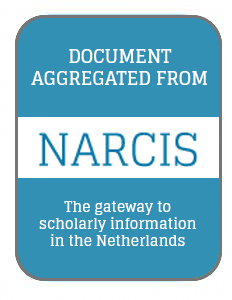Resource information
Rangelands, like other natural resources are subject to many changes. In Iran, one of the changes is the land tenure reform, that may have significant effects on both the land and the land user. Land tenure changes not only affect the life of the present, but also that of next generations, and involves very complex decision making. This decision should lead to a sustainable use of the land and contribute to the livelihood of the present and future generations. In this context a planning support system is being developed for rangeland allocation in Iran to support its rangeland tenure reform. The system is composed of three modules: land evaluation module, district planning module and local planning module.
The land evaluation module works in a GIS environment and uses the FAO methodology for land evaluation . It is mainly based on biophysical characteristics of the land use system. However, socio-economic factors, in terms of the effect of human intervention on the current status of the land have also been taken into account.
The district planning module comprises three sub-modules: the planning sub-module, the grazing sub-module and multicriteria evaluation (MCE) sub-module. The planning sub-module is an optimisation model that allows examination of the degree of realisation of the various objectives of stakeholders, and generates alternative solutions. For each alternative, the grazing capacity of the land is assessed through the grazing sub-module, that translates the forage production into grazing capacity. The MCE module ranks all alternatives, taking into account their advantages and disadvantages, and provides a platform for decision makers to judge the trade-offs between alternatives and supports rational decision-making. This leads to a land use pattern, which is in line with the existing government policies and satisfying the needs and desires of the people in the district.
The local planning module also comprises of three sub-modules: Land allocation, economic enterprise and land improvement. The land allocation sub-module transforms the district land use pattern into a local land use plan. The economic enterprise sub-module determines the appropriate size of the land holding for each household on each land mapping unit. Finally, the land improvement sub-module provides information on the status and impact of the programme at each specified point in time and space.


